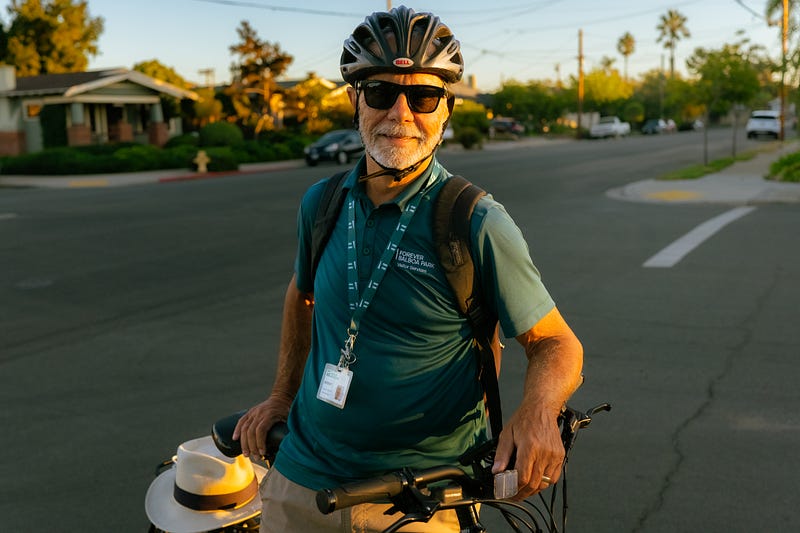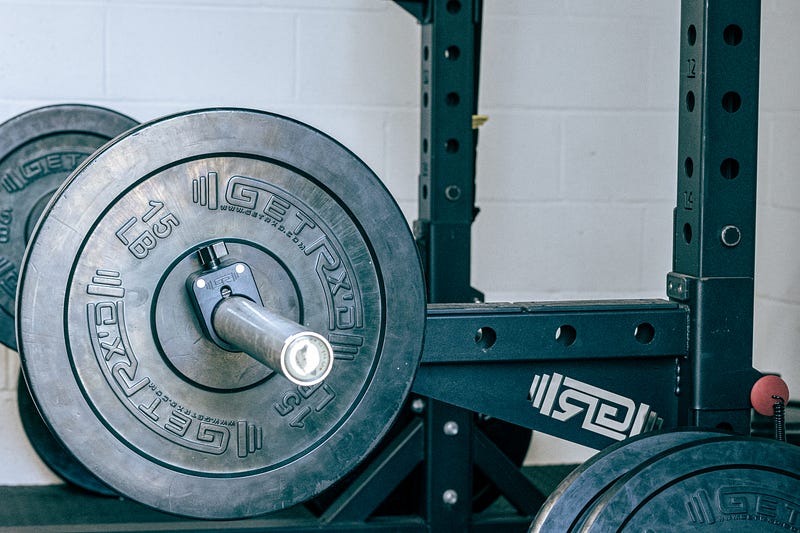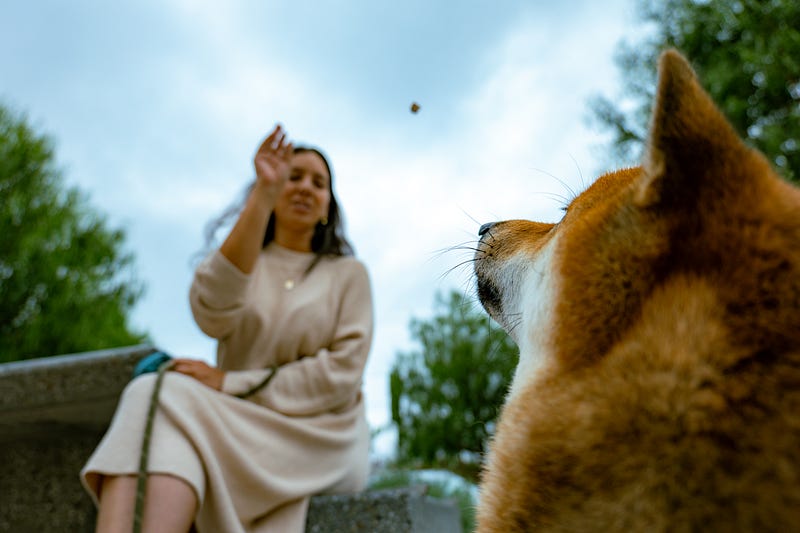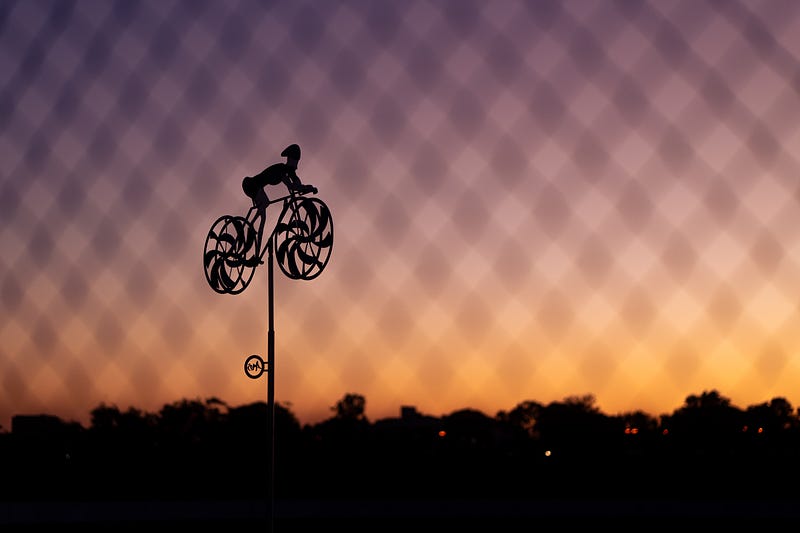5 Surprising Links Between Fitness and Photography
Why lessons learned getting fit can help you stay in focus.

Life lessons always come from unexpected sources. I was on a purely aesthetic mission when I started my fitness journey five years ago. Get rid of my belly and look good. That was the goal.
What ended up happening was far beyond what I could’ve expected. While I did lose most of the extra belly fat I set out to destroy, I also lost the negative mindset I had around life and its challenges.
I went from being an excuse maker to a challenge taker. “I’ll do it when I feel like it” to “I’ll do it because I said I would” type of person. I started to admire and look up to people ahead of me instead of looking at them with envy.
I became someone who embraced struggle as a way to develop into the person I wanted to become.
This mindset carried over when I began learning photography. I realized there were many parallels between the two disciplines. I believe this mindset can help you become a better photographer.
Here are five surprising links between fitness and photography.
1. Consistency leads to results.
Building a habit of consistency is the number one indicator of whether someone will see results from a workout program. Those who show up and do the workouts consistently see changes in their body, strength, and mind over time.
The same logic applies to photography.
You must take thousands of photos to learn how to take one good photo. The photographer who grabs their camera whenever they walk out the door will see results over time. They’re building a habit of practicing photography whenever they can. They’re getting the reps in day in and day out.
Become a habitual photographer, and time will provide the results you seek.

2. Progressive overload applies to the arts.
In strength training, you progressively overload your muscles to stimulate their growth to adapt to the heavier weight you are demanding them to lift.
Suppose you can lift 50 lbs; the next week, you would lift 52 lbs. You add a tiny amount of extra weight to progressively overload the muscles to stimulate growth. What you wouldn’t do is attempt to lift 100 lbs because it would be far beyond your capabilities.
This method applies to learning photography as well.
You wouldn’t take a photograph from a world-class photographer like Ansel Adams and try to replicate it because it would be far beyond your capabilities when you’re in the early stages of learning.
It would be better first to try to achieve a level of quality similar to some friends of yours who do photography. Then, match an Instagram photographer you like or your fellow intermediate peers. Eventually, you would try to match your quality to teachers and professionals in the business.
Use progressive overload to stimulate new skill development.

3. Being present allows you to see the moment.
During activities such as running and yoga, one can achieve a state of mindfulness. You become acutely aware of every heartbeat, every breath you take, and every fiber in your muscle stretching.
When you’re in the moment, the only thing that matters is the task. You aren’t worried about bills, work, or anything. You only notice what’s happening right here, right now.
Being present has its applications in photography as well.
Your best photography will come out of patience and presence. You’ll be able to see every beam of light from the sun and how it’s interacting with your surroundings. You’ll be able to catch two lovebirds playing with each other’s hands. You’ll be able to draw information about everything happening at that moment and capture it perfectly in time with your camera.
Practice being present and capture better moments.

4. Visualization sets a standard to work towards.
Most people are like me and start a fitness journey because they envision themselves someday becoming the person with chiseled abs, defined muscles, and looks that kill.
While those things no longer matter to me as much as overall health and well-being do, the point is I had a vision of who I wished to become. A standard I set out to work towards. A goal.
Visualizing the photographer you wish to become gives you a goal to work towards.
With a vision of who you wish to become, you can weigh every decision you make as a step towards that person or away from them. With every photo, you step towards your goals. Every minute spent editing your work is a step closer to the photographer you wish to be.
Visualize the photographer you wish to become and build proof that you are that person.

5. Results are earned, not given.
It’s easy to look at someone like Dwayne “The Rock” Johnson and assume they’re genetically gifted or using “supplements” to achieve what they have.
The truth is, regardless of whether those claims are valid, he had to earn the results he’s achieved. He wakes up at 3 a.m. to run for 30 minutes, then he eats, works out for 2 hours, eats again, and then runs some more.
He does this every day before starting his 10–12 hour workday.
You can look at other people and assume a lot. You can assume that some photographers are gifted and born with a natural talent for the craft. You can assume that you’ll never be able to reach their skill level because you’re “not a natural.” You can assume that an expensive camera is why someone’s photos look better than yours.
Or, you can get up every day and work to earn the results you seek. You can stop making excuses, stop thinking other people are somehow special, and get to work on becoming the best photographer you can be.
One last similarity.
Being fit and exercising regularly is an overall life enhancer. By putting in the work, you benefit from living a longer and happier life. I know because It’s done that and more for me.
Photography is a life enhancer as well. Capturing moments, learning about myself through the art form, and making connections along the way bring me more joy than I could've imagined.
While photography may not help you live longer, embracing the challenge of learning will certainly give you more moments of happiness to look back on.
If you enjoyed this article, you can follow me — Zacc Rowlands — for more content about writing, photography, and habits to improve your skills. All photos in this article were shot and edited by me, the author, Zacc Rowlands.
